Dune Wattle,
Umbrella Bush
Display all 14 images
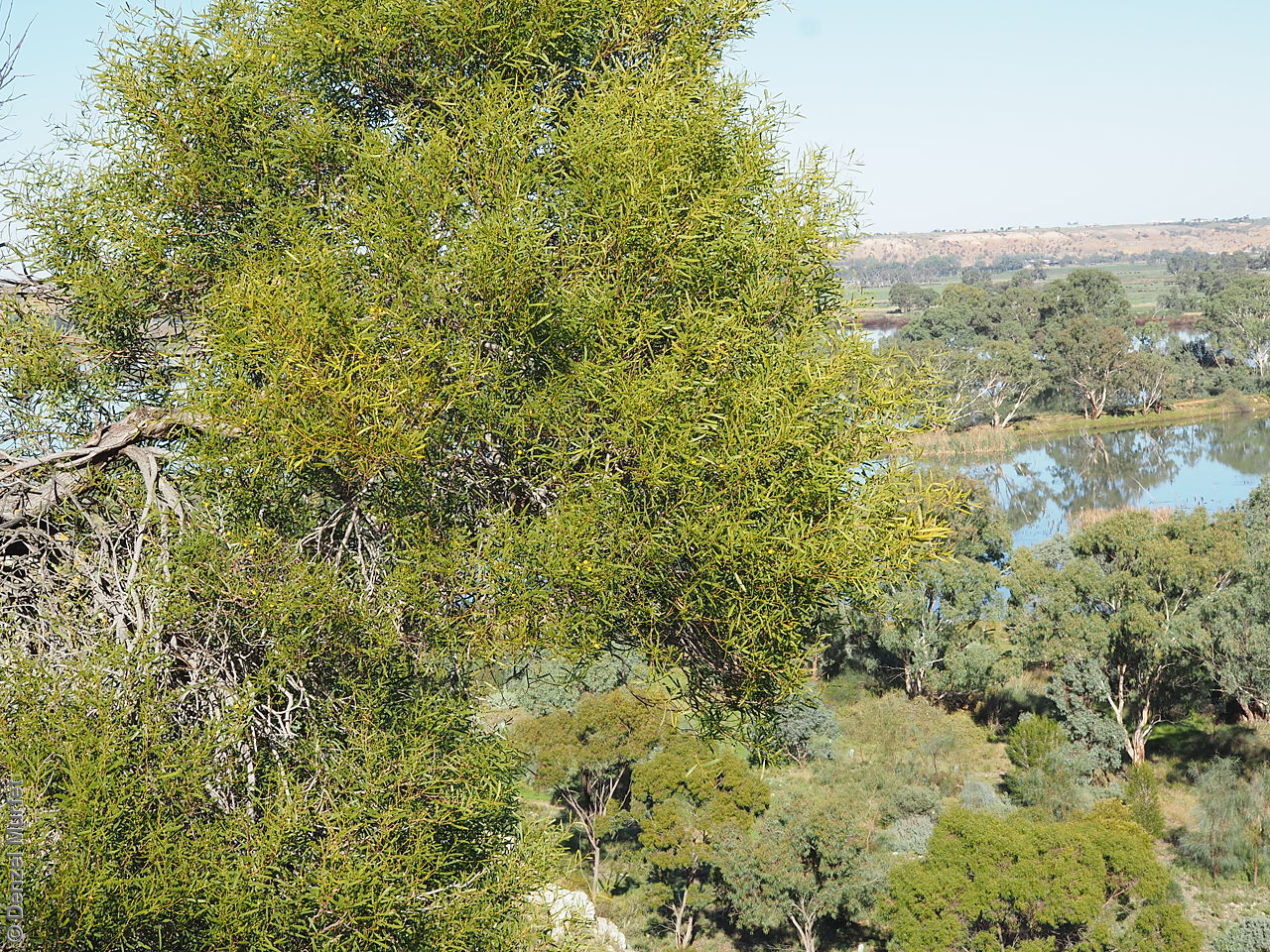

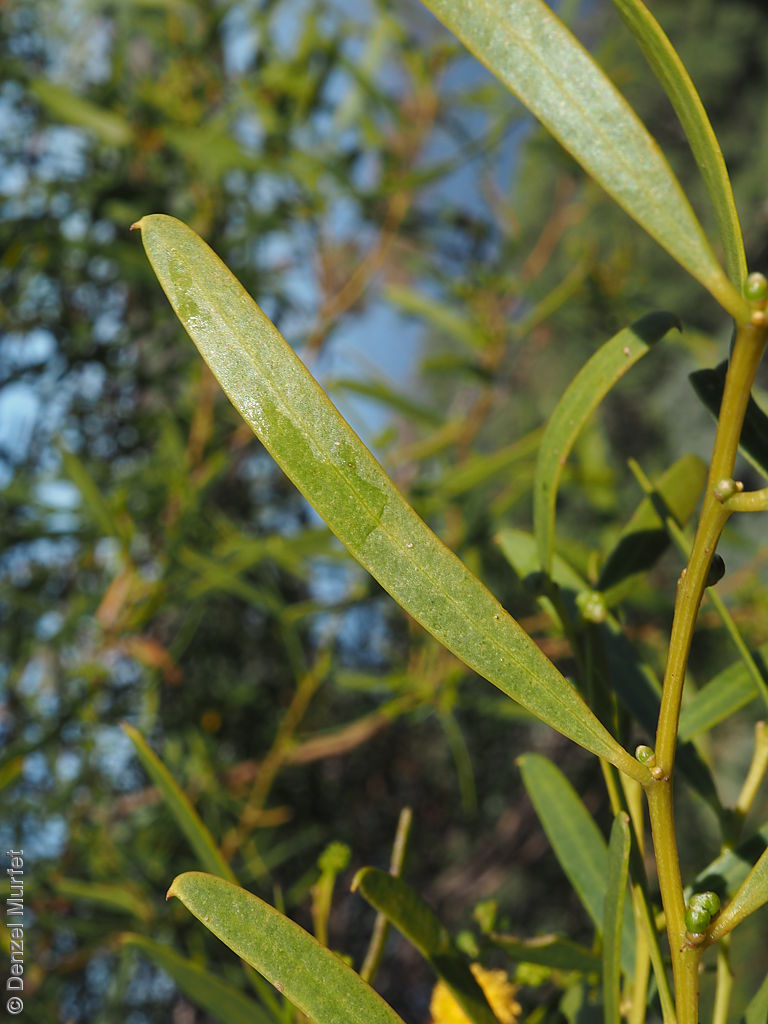

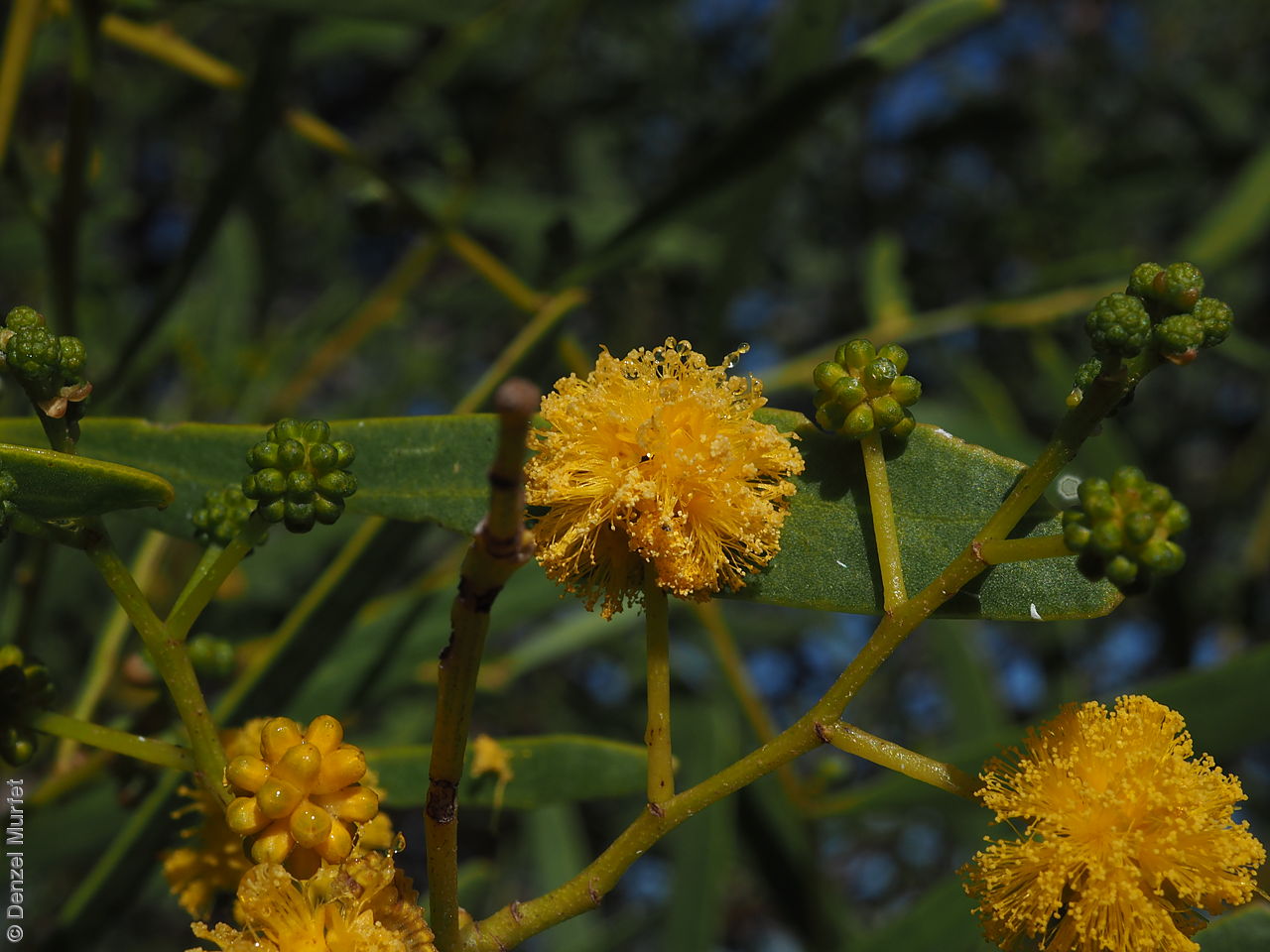
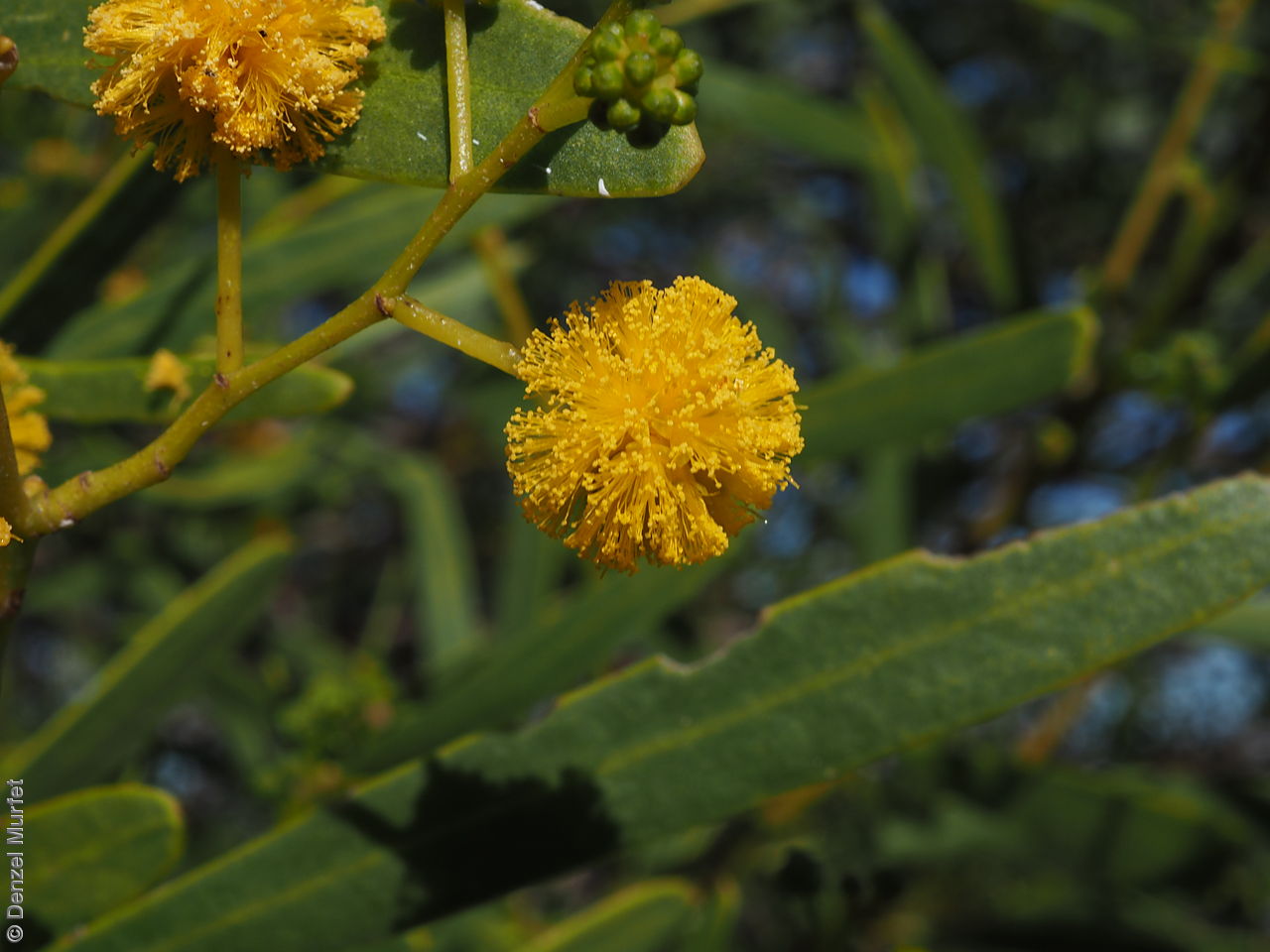
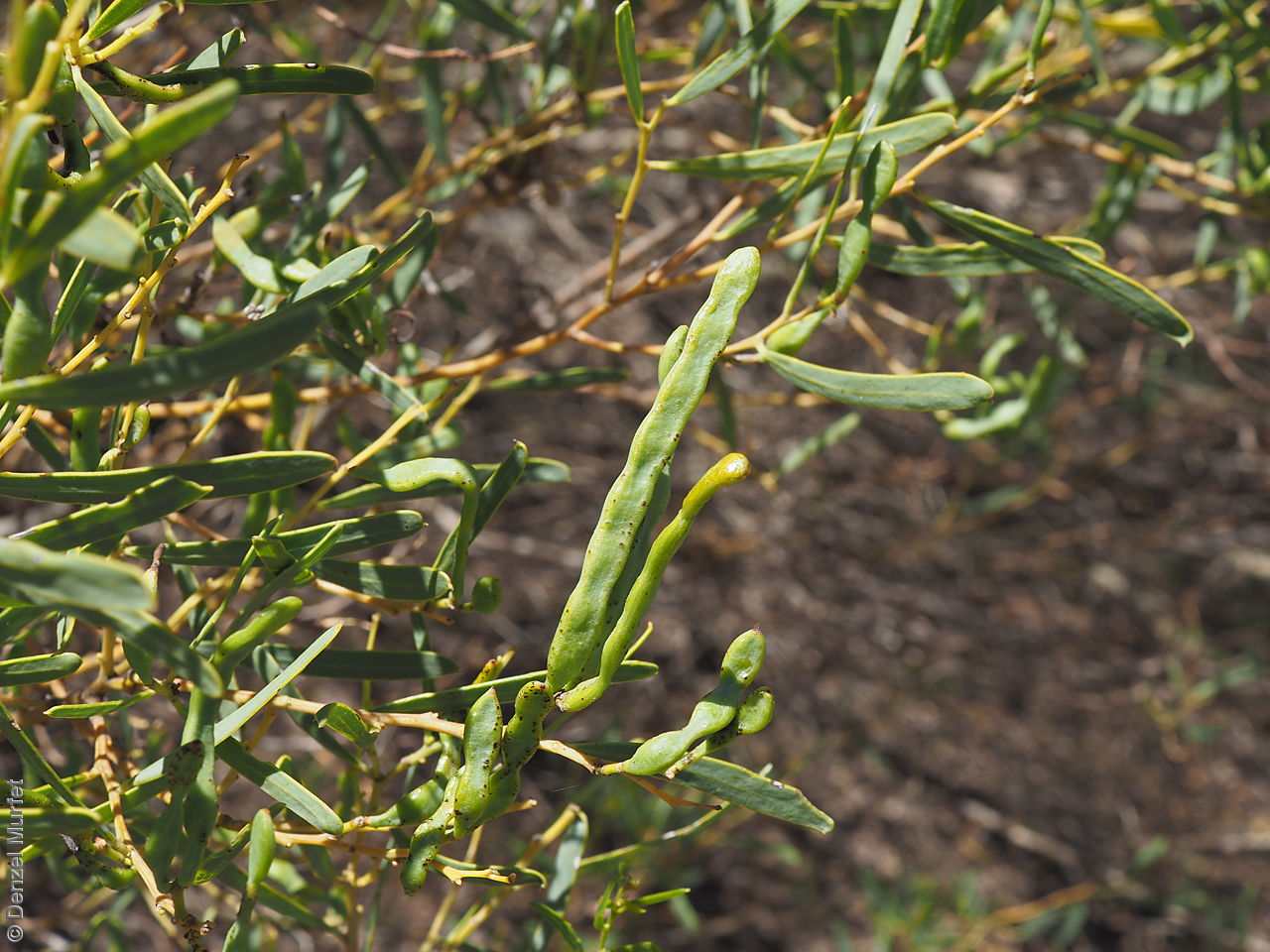
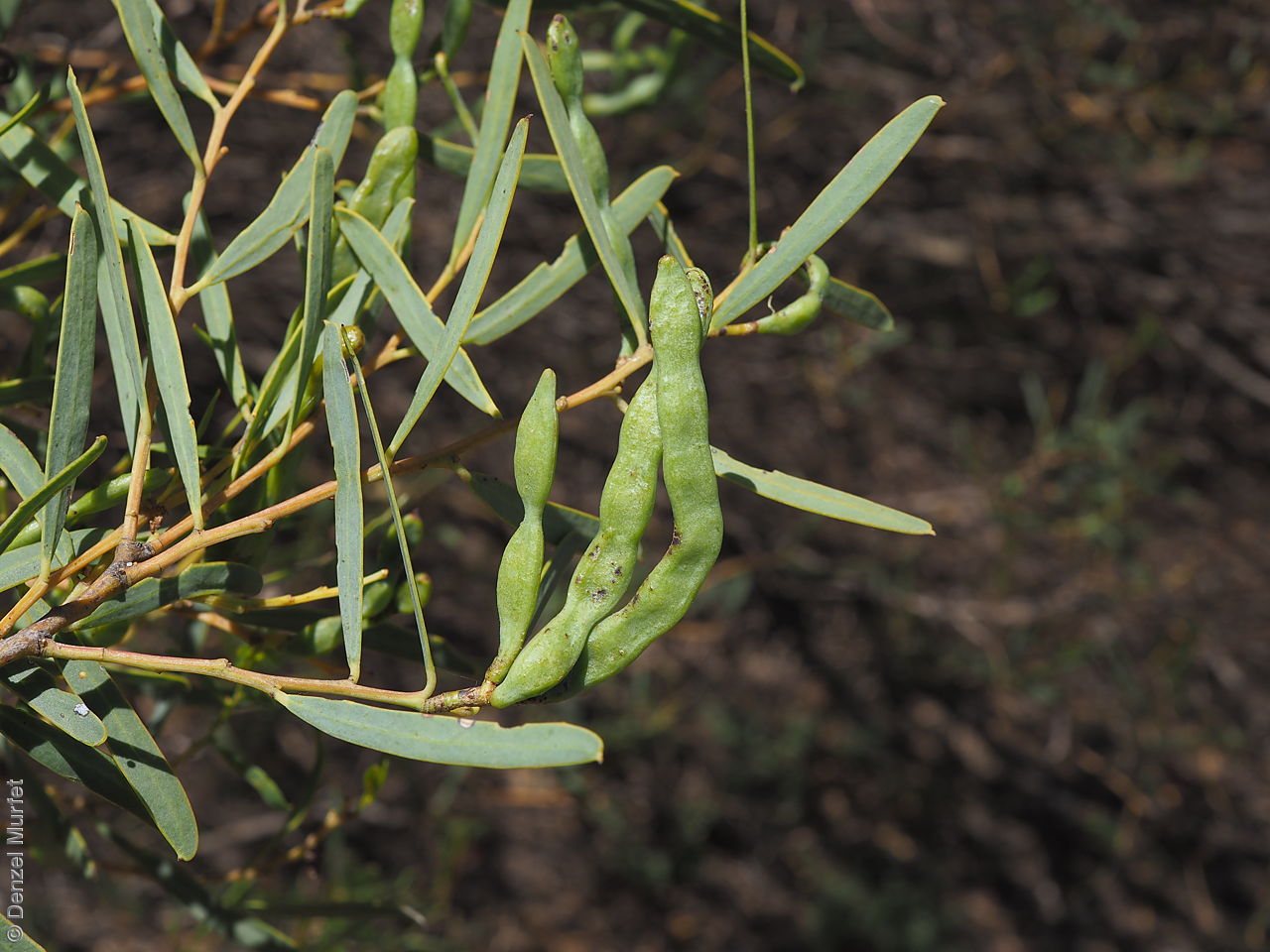


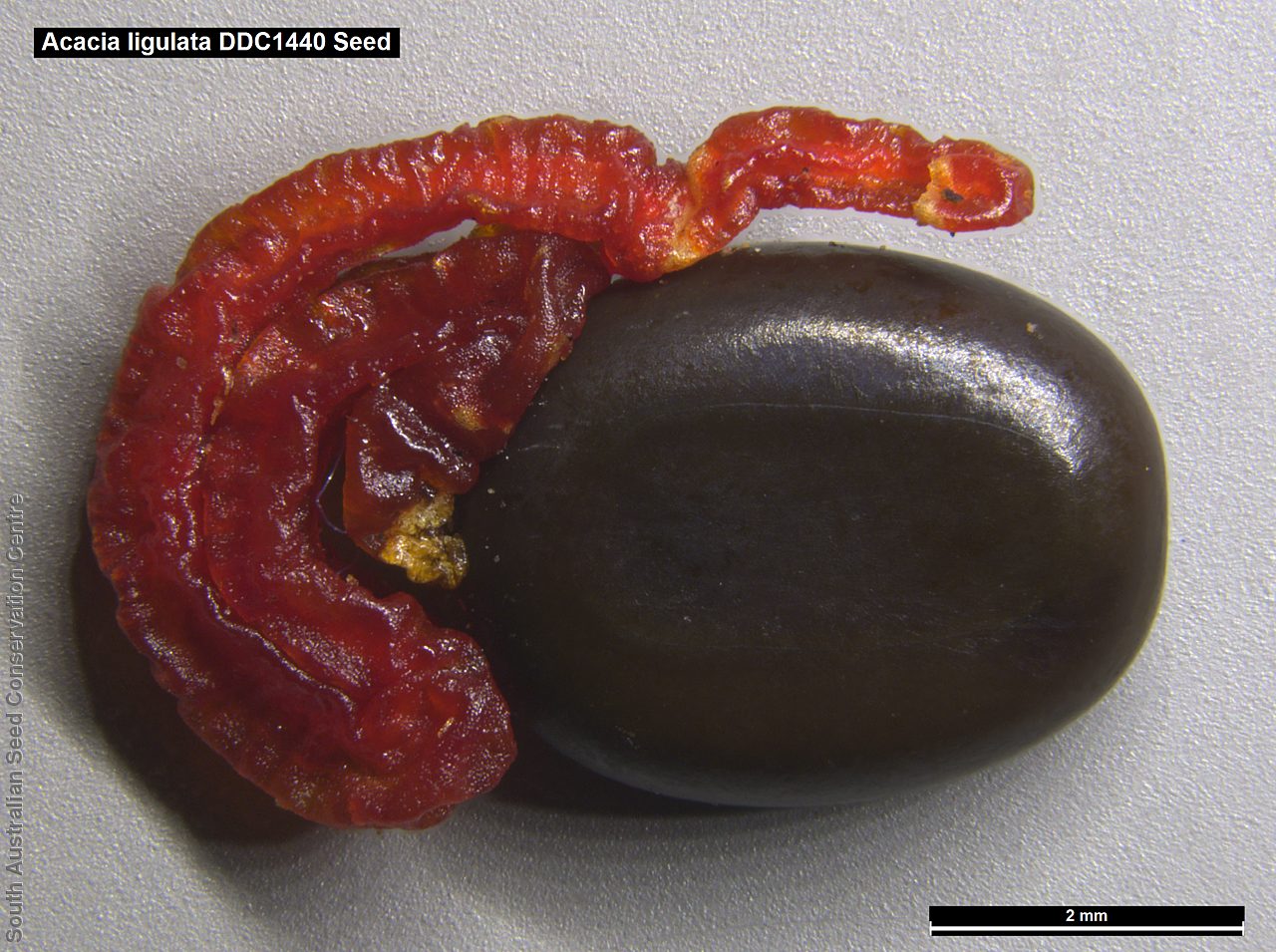

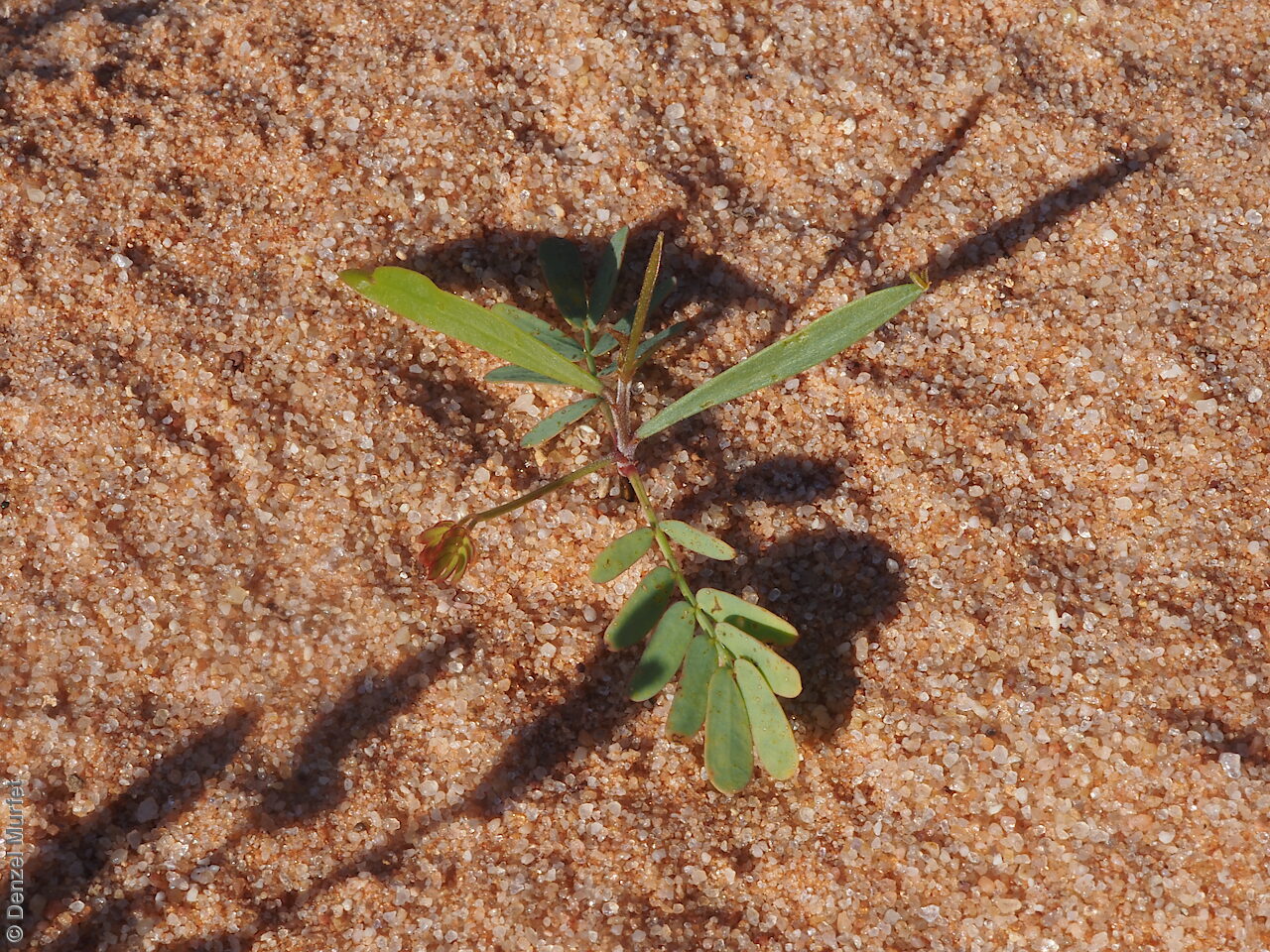
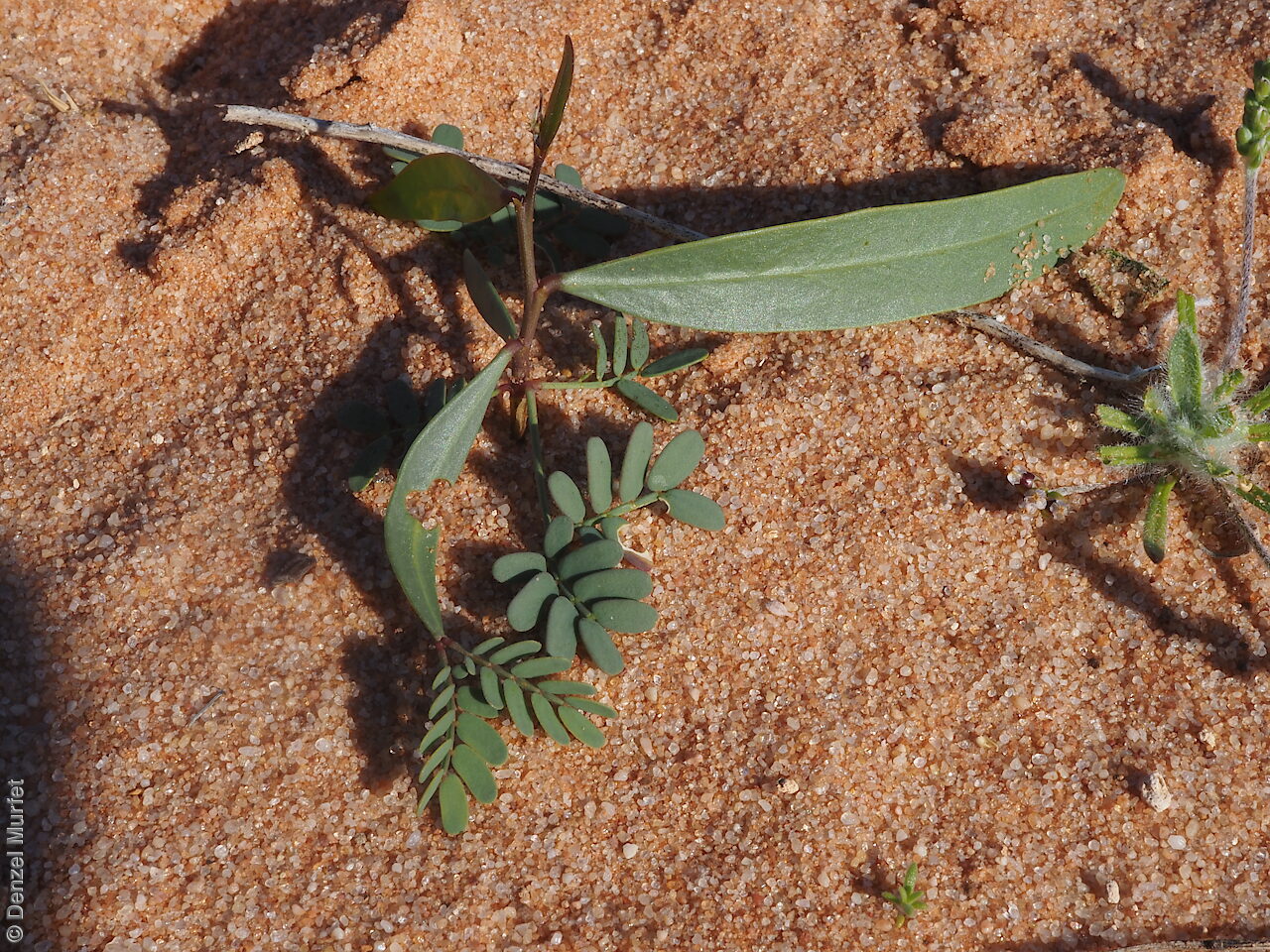
Regional Species Conservation Assessments per IBRA subregion.

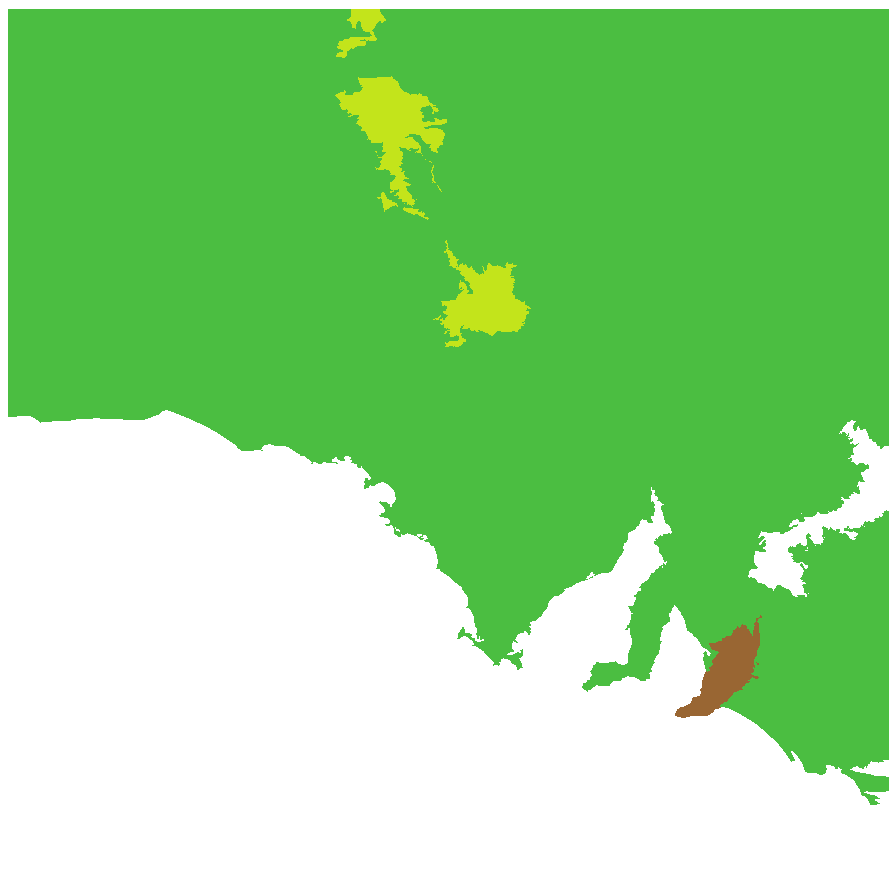
Least concern
Near threatened
Rare
Vulnerable
Endangered
Critically endangered
Extinct
Data deficient
Adelaide
Arkaroola
Ceduna
Coober Pedy
Hawker
Innamincka
Marla
Marree
Mount Gambier
Oodnadatta
Renmark
Wudinna
Keith
Yunta
Display IBRA region text
| Tintinara (NCP04) | Naracoorte Coastal Plain | Least Concern [edge of range] |
| Fleurieu (KAN02) | Kanmantoo | Rare (IUCN: RA d(ii)) [edge of range; severely impacted by past clearance] |
| Mount Lofty Ranges (FLB01) | Flinders Lofty Block | Rare (IUCN: RA a) (Probable Decline) [only in remnant sandy patches of habitat] |
| Broughton (FLB02) | | Least Concern |
| Olary Spur (FLB03) | | Least Concern |
| Southern Flinders (FLB04) | | Least Concern |
| Northern Flinders (FLB05) | | Least Concern |
| Central Flinders (FLB06) | | Least Concern |
| Southern Yorke (EYB01) | Eyre Yorke Block | Least Concern [some records could be A. cupularis. A ligulata hybridises with A cupularis] |
| St Vincent (EYB02) | | Least Concern |
| Eyre Hills (EYB03) | | Least Concern [some sthn records prob cupularis] |
| Talia (EYB04) | | Least Concern |
| Eyre Mallee (EYB05) | | Least Concern |
| South Olary Plain (MDD01) | Murray Darling Depression | Least Concern (Probable Increase) [increases in degraded areas] |
| Murray Mallee (MDD02) | | Least Concern (Probable Increase) [increases in degraded areas] |
| Murray Lakes and Coorong (MDD03) | | Least Concern [possibly A cupularis records] |
| Lowan Mallee (MDD04) | | Least Concern (Probable Increase) [increases in degraded areas] |
| Murray Scroll Belt (RIV06) | Riverina | Least Concern (Probable Increase) [increases in degraded areas] |
| Myall Plains (GAW01) | Gawler | Least Concern |
| Gawler Volcanics (GAW02) | | Least Concern |
| Gawler Lakes (GAW03) | | Least Concern |
| Arcoona Plateau (GAW04) | | Least Concern |
| Kingoonya (GAW05) | | Least Concern |
| Torrens (GAW06) | | Least Concern |
| Roxby (GAW07) | | Least Concern |
| Commonwealth Hill (GAW08) | | Least Concern |
| Maralinga (GVD03) | Great Victoria Desert | Least Concern |
| Kintore (GVD04) | | Least Concern |
| Tallaringa (GVD05) | | Least Concern |
| Yellabinna (GVD06) | | Least Concern |
| Carlisle (NUL01) | Nullarbor | Least Concern |
| Nullarbor Plain (NUL02) | | Least Concern |
| Yalata (NUL03) | | Least Concern |
| Barrier Range Outwash (BHC04) | Broken Hill Complex | Least Concern |
| Bimbowrie (BHC05) | | Least Concern |
| Curnamona (BHC06) | | Least Concern |
| Simpson Desert (SSD02) | Simpson Strzelecki Dunefields | Least Concern |
| Dieri (SSD03) | | Least Concern |
| Warriner (SSD04) | | Least Concern |
| Strzelecki Desert (SSD05) | | Least Concern |
| Breakaways (STP01) | Stony Plains | Near Threatened |
| Oodnadatta (STP02) | | Least Concern |
| Murnpeowie (STP03) | | Least Concern |
| Peake-Dennison Inlier (STP04) | | Least Concern |
| Macumba (STP05) | | Least Concern |
| Witjira (STP06) | | Least Concern |
| Baltana (STP07) | | Least Concern |
| Sturt Stony Desert (CHC02) | Channel Country | Least Concern |
| Diamantina-Eyre (CHC04) | | Least Concern |
| Coongie (CHC06) | | Least Concern |
| Lake Pure (CHC07) | | Least Concern |
| Mann-Musgrave Block (CER01) | Central Ranges | Least Concern |
| Watarru (CER02) | | Least Concern |
| Everard Block (CER03) | | Least Concern |
| Tieyon (FIN03) | Finke | Least Concern |
| Pedirka (FIN04) | | Least Concern |
| Tintinara (NCP04) | Naracoorte Coastal Plain | Least Concern [edge of range] |
| Fleurieu (KAN02) | Kanmantoo | Rare (IUCN: RA d(ii)) [edge of range; severely impacted by past clearance] |
| 6 of 6 subregions | Flinders Lofty Block | Least Concern , Rare |
| 5 of 5 subregions | Eyre Yorke Block | Least Concern |
| 4 of 6 subregions | Murray Darling Depression | Least Concern |
| Murray Scroll Belt (RIV06) | Riverina | Least Concern (Probable Increase) [increases in degraded areas] |
| 8 of 8 subregions | Gawler | Least Concern |
| 4 of 4 subregions | Great Victoria Desert | Least Concern |
| 3 of 3 subregions | Nullarbor | Least Concern |
| 3 of 4 subregions | Broken Hill Complex | Least Concern |
| 4 of 4 subregions | Simpson Strzelecki Dunefields | Least Concern |
| 7 of 7 subregions | Stony Plains | Least Concern , Near Threatened |
| 4 of 4 subregions | Channel Country | Least Concern |
| 3 of 3 subregions | Central Ranges | Least Concern |
| 2 of 2 subregions | Finke | Least Concern |
Botanical art
Kath Alcock paintings: 13
Common names
Dune Wattle
Umbrella Bush
Etymology
Acacia from the Greek 'akakia' and derived from 'ake' or 'akis' meaning a sharp point or thorn and 'akazo' meaning to sharpen. Dioscorides, the Greek physician and botanist used the word in the 1st century AD for the Egyptian thorn tree, Acacia arabica. Ligulata from the Latin 'ligula' meaning a little tongue.
Distribution and status
Widespread and scattered across South Australia except for the southern Mount Lofty Ranges, Kangaroo Island and the South-east, where they have been introduced. Also found in all other mainland States. Native. Common in South Australia. Common in the other States.
Herbarium regions: North Western, Lake Eyre, Nullarbor, Gairdner-Torrens, Flinders Ranges, Eastern, Eyre Peninsula, Northern Lofty, Murray, Yorke Peninsula, Southern Lofty, Kangaroo Island, South Eastern, Green Adelaide
NRM regions: Adelaide and Mount Lofty Ranges, Alinytjara Wilurara, Eyre Peninsula, Kangaroo Island, Northern and Yorke, South Australian Arid Lands, South Australian Murray-Darling Basin, South East
AVH map: SA distribution map (external link)
Plant description
Bushy, spreading, more or less rounded, compact shrubs to 5 m high. Branches slightly angular or ribbed, light green, smooth. Leaves linear or linear-oblong to 9 cm long and 10 mm across, flat, rather thick; wrinkled when dry, with yellowish vein-like margins. One gland at the apex below the point and one on the upper margin below the centre towards the base. Inflorescences axillary and solitary or mostly in racemes with globular, bright yellow flower-heads. Flowering betwen August and November. Fruits are hard, woody, light brown, linear pod to 10 cm long and 10 mm wide with a thick margin, more or less constricted between seeds, readily breaking into 1-seeded segments. Seeds are hard, black, semi-flat ellipsoid seed to 5 mm long and 3 mm wide with a scarlet aril. Seed embryo type is investing.
Seed collection and propagation
Collect seeds between December and January. Collect mature pods that are turning brown, with hard, dark seeds inside. Place the pods in a tray and leave to dry for 1-2 weeks or until the pods begin to split. Then rub the dried pods to dislodge the seeds. Use a sieve to separate any unwanted material. Store the seeds with a desiccant such as dried silica beads or dry rice, in an air tight container in a cool and dry place. From one collection, the seed viability was high, at 90%. This species has physical dormancy that needs to be overcome for the seed to germinate (e.g. nicking or softening the seed coat).
| Location | No. of seeds
(weight grams) | Number
of plants | Date
collected | Collection number
Collection location | Date
stored | % Viability | Storage
temperature | BGA
MSB | 7,700 (243 g)
6,570 (207 g) | 50 | 12-Jan-2006 | DDC1440
Flinders Ranges | 1-Aug-2006 | 90% | -18°C |
Location: BGA — the seeds are stored at the Adelaide Botanic Gardens, MSB — the seeds are stored at the Millennium Seed Bank, Kew, England.
Number of plants: This is the number of plants from which the seeds were collected.
Collection location: The Herbarium of South Australia's region name.
% Viability: Percentage of filled healthy seeds determined by a cut test or x-ray.















